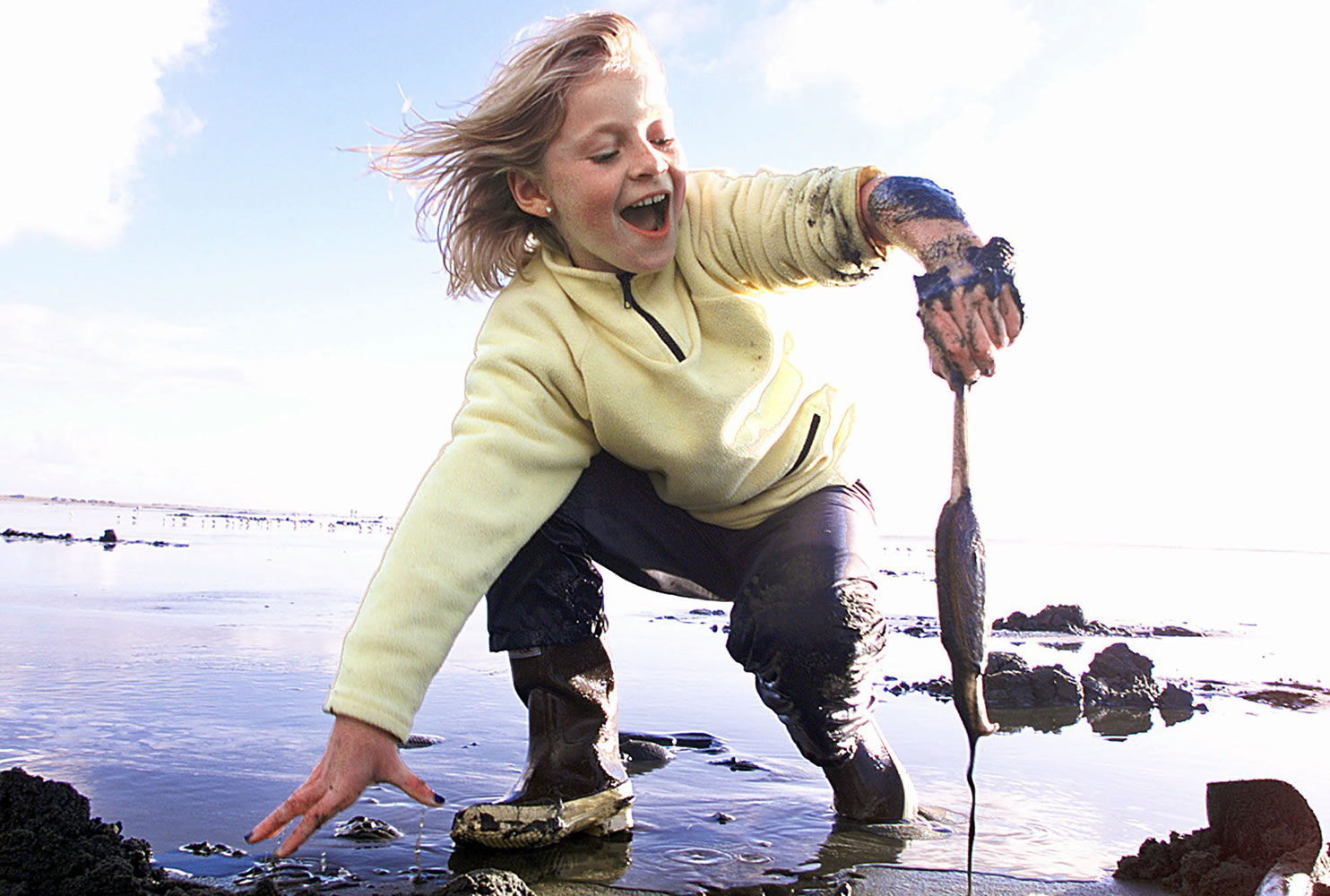TACOMA — Early indicators show the upcoming razor clam season should be similar to the 2012-13 season, which was the best in the past 15 years. And this year’s season will get an early start with the dig at Twin Harbors Beach running Thursday through Sept. 23.
“Tests (this summer) show an even higher density of razor clams on most beaches than last year, when diggers enjoyed a banner season,” said Dan Ayres, coastal shellfish manager for the state Department of Fish and Wildlife. “That will translate into more days of digging at popular beaches such as Long Beach and Twin Harbors, so long as we don’t have any marine toxin issues.”
Assessments show the number of clams per square meter is up at every beach along the Washington coast compared to the 2012-13 season.
In the 2012-13 season, diggers harvested 6.1 million razor clams, the highest number in 15 years. The more than 417,000 diggers who took part that season averaged 14.5 clams per day, just shy of the 15-clam-per-person legal limit.



